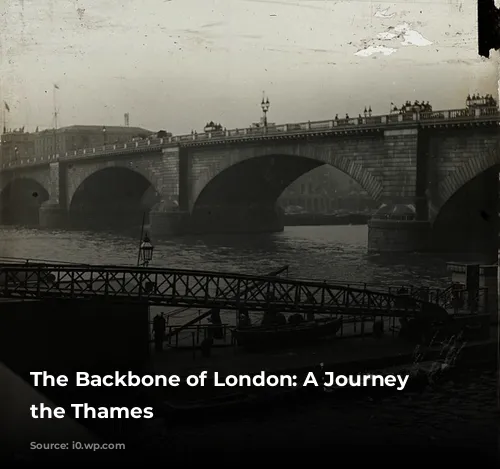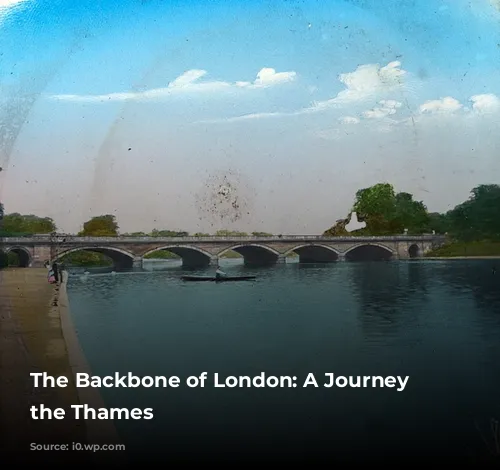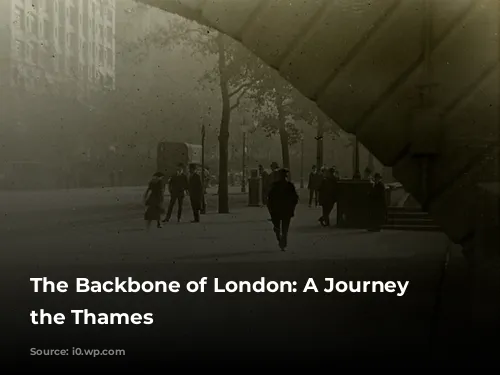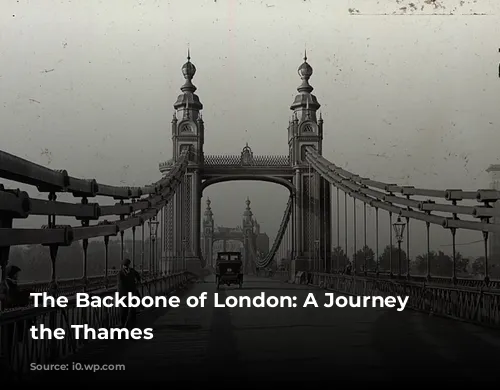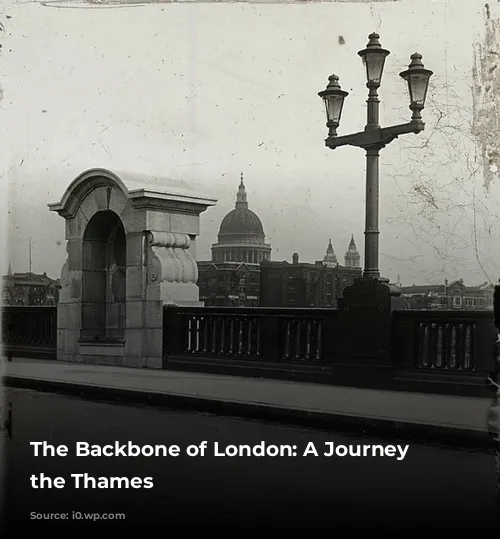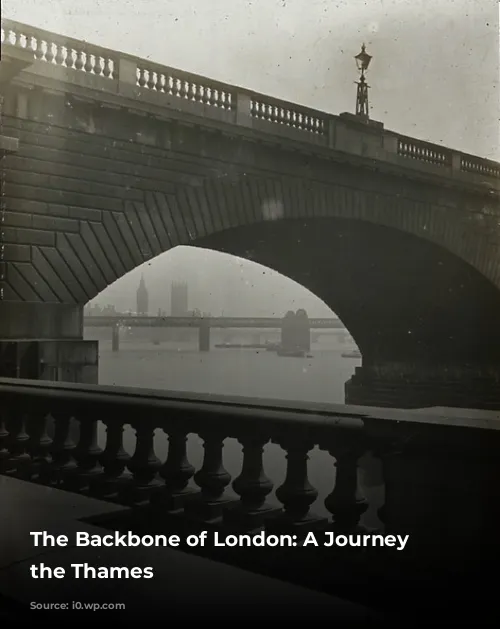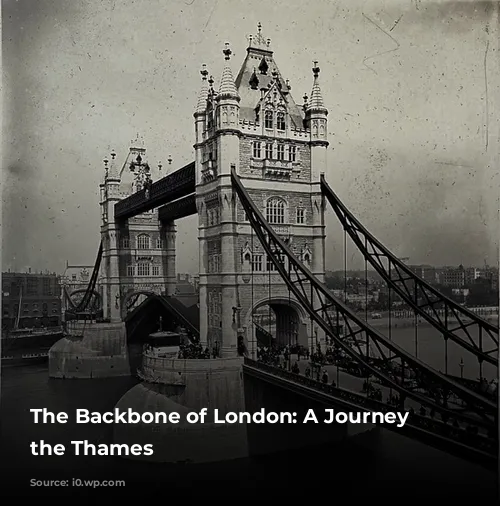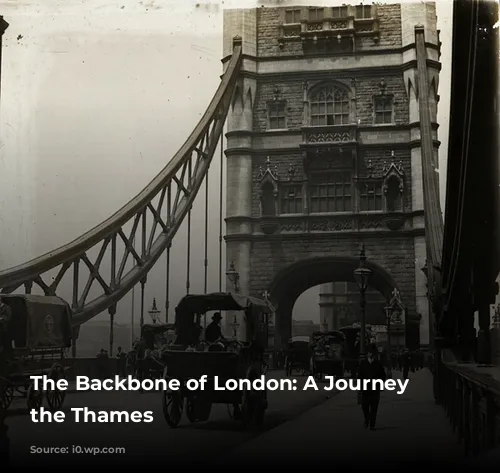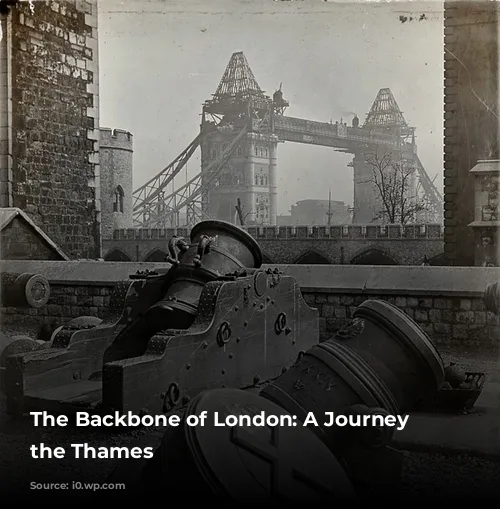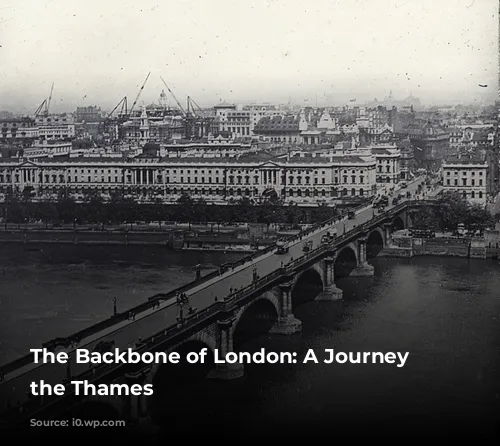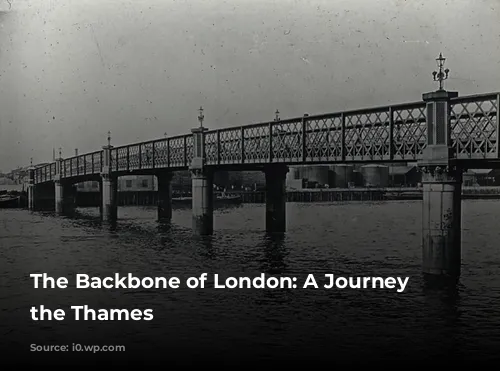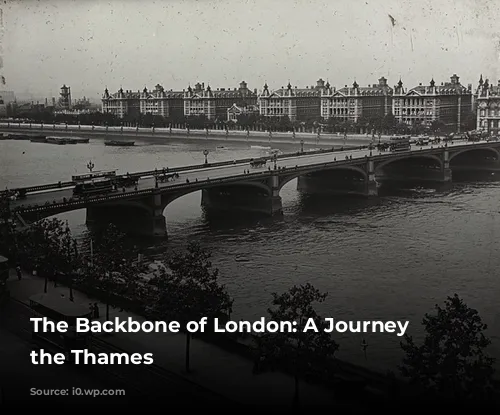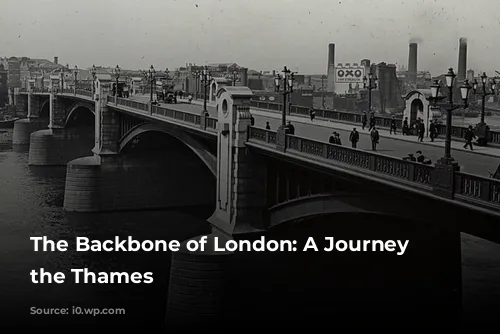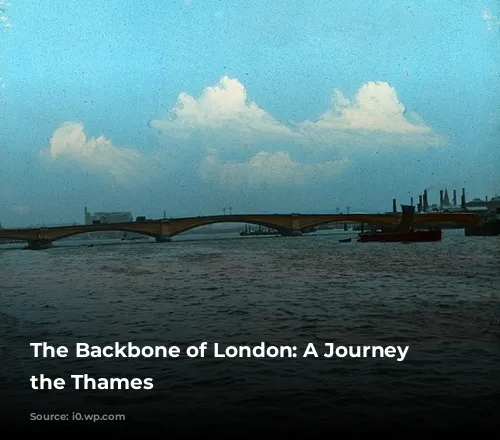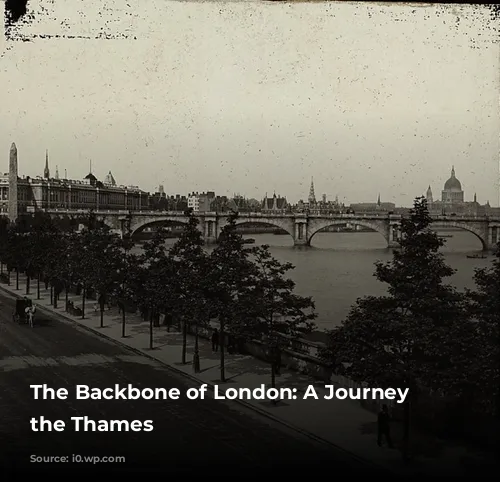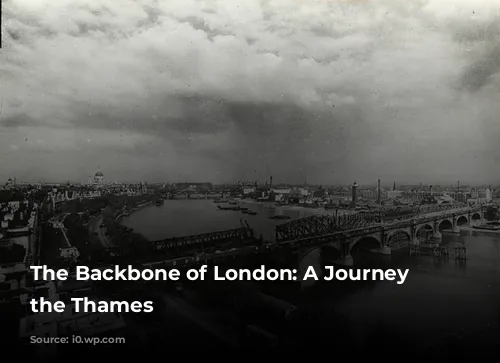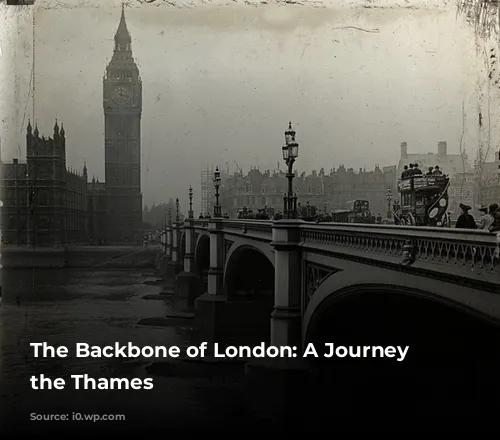London, the bustling metropolis, stands as a testament to the enduring power of bridges. It’s hard to imagine the city without its iconic crossings, which have connected the north and south banks of the River Thames for centuries. These bridges, each with its own unique story, are not just structures but powerful symbols of the city’s evolution and resilience.
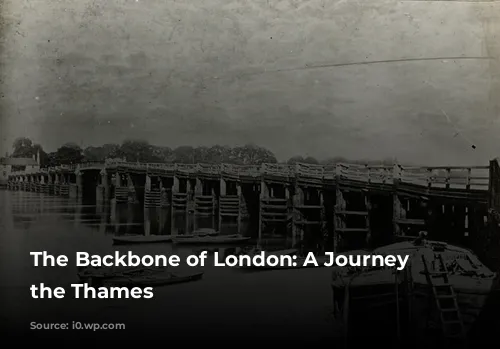
The First Crossing: A Story of Origins and Resilience
London’s very existence hinges on the Thames, and the city’s history is deeply intertwined with the river’s crossing points. The Romans recognized the strategic value of this location, building the first wooden bridge near the site of the current London Bridge. This bridge sparked the growth of the City of London on the northern bank.
Centuries later, the Saxons, seeking to reclaim London from the Danes, engaged in a fierce battle. They cleverly used their boats to dismantle the bridge, pulling apart its piers with ropes. This dramatic act of destruction gave rise to the legendary nursery rhyme, “London Bridge is Falling Down.”
It’s captivating to imagine the sheer determination of the Saxons and the impact their actions had on the city’s future.
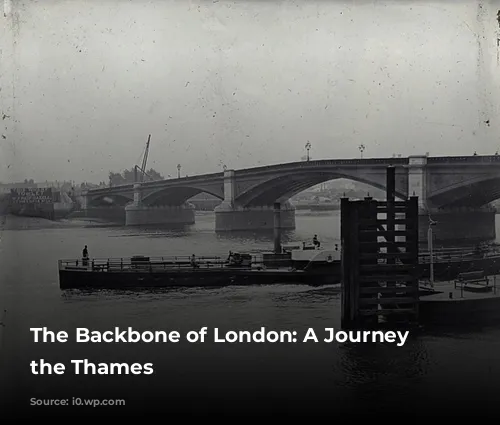
From Stone to Steel: A Tale of Progress and Change
In 1209, Peter de Colechurch constructed the first stone London Bridge, a remarkable feat of engineering that stood for over six centuries. This sturdy bridge weathered the Great Fire of London and numerous renovations, bearing witness to the city’s growth and challenges.
The bridge became more than a crossing; it transformed into a bustling marketplace, with houses and shops built upon its structure. As traffic congestion grew, the city implemented a “keep left” rule, a precedent that later became the standard for roads throughout the country.
However, the need for a more modern and spacious bridge eventually led to the demolition of the old stone bridge in 1831. In its place, John Rennie’s iconic bridge of Dartmoor granite emerged, a testament to the ever-evolving landscape of London.
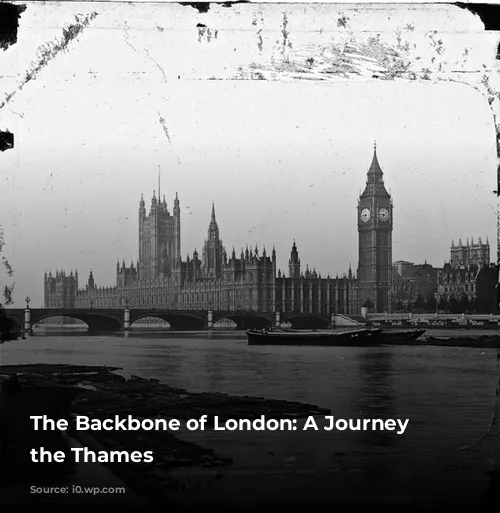
John Rennie: The Architect of London’s Bridges
John Rennie (1761-1821), a visionary engineer, left an indelible mark on London’s skyline. He pioneered the use of iron and stone in bridge construction, a groundbreaking technique that revolutionized bridge building.
Rennie’s legacy includes the majestic London Bridge, the elegant Waterloo Bridge, and the sturdy Southwark Bridge. Although only the Serpentine Bridge remains today, his influence is evident in the city’s bridge landscape.
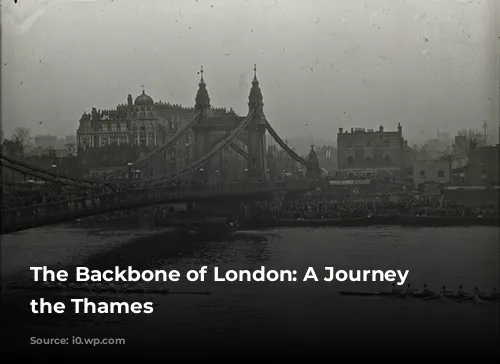
London’s Bridges: More Than Just Crossings
As you ride a bus through the narrow city streets and emerge onto one of London’s bridges, a feeling of exhilarating freedom washes over you. The bridge transforms into a platform, offering a breathtaking panorama of the vast River Thames. It’s a moment of pure joy, a quintessential London experience.
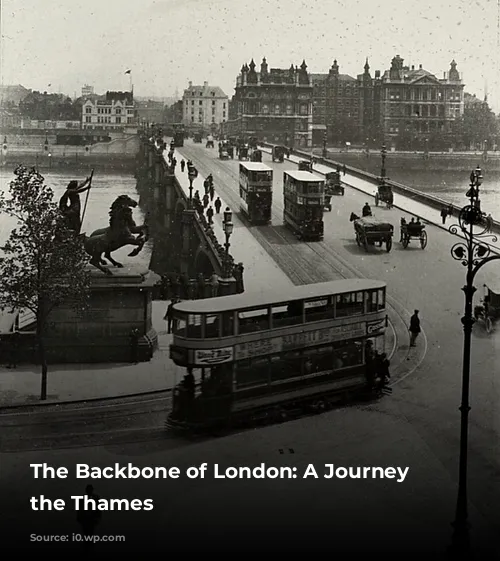
A Glimpse Into London’s Bridge History
The article takes us on a historical journey through London’s bridges, highlighting the evolution of these iconic structures. We are introduced to key figures like John Rennie, who shaped the city’s landscape with his innovative bridge designs. Each bridge mentioned in the article is a testament to the city’s constant growth and adaptation, showcasing its resilience and enduring spirit.
